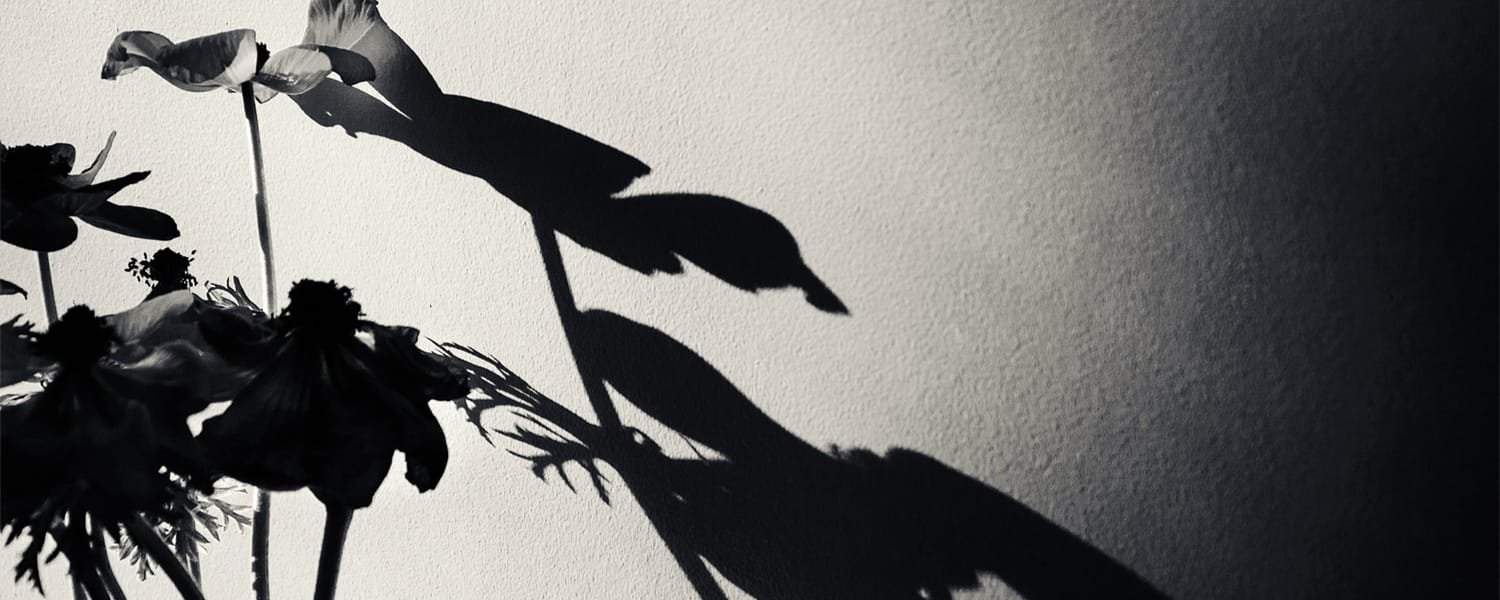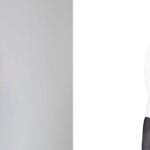In the world of product photography, small details can make a big difference in how a product is perceived. One of the most powerful yet subtle techniques in product photo editing is shadow creation. Adding realistic shadows to your images can significantly enhance the visual appeal, depth, and realism, making your products look more lifelike and professionally presented.
This blog will explore why shadow creation is essential for product photos, the different types of shadows you can use, and how they can transform your product images into high-converting visual assets.
Why Shadow Creation Matters for Product Photos
-
Adds Depth and Dimension
A well-placed shadow adds depth to a photo, giving your product a more three-dimensional look. Without shadows, images can appear flat and lifeless. Shadows help your product stand out by creating contrast between the object and its background, making it pop and feel grounded in the scene. -
Enhances Realism
Real-world lighting creates natural shadows, and replicating that effect in product photography helps the image feel authentic. Without shadows, your product may seem like it’s floating or cut out from its environment. By incorporating realistic shadows, the product looks more natural and in harmony with its surroundings. -
Improves Visual Appeal
Shadows not only enhance depth but also improve the overall visual appeal of a product. Whether it’s soft and subtle or bold and dramatic, a carefully crafted shadow can emphasize key features of the product, such as texture, contours, and highlights, making it more visually engaging for the viewer. -
Professional and Polished Look
Adding shadows is an essential step in achieving a polished and professional look for your product photos. It elevates the image quality, showing your attention to detail and commitment to presenting the product in its best light, which can boost customer confidence and trust.
Types of Shadows in Product Photography
There are several types of shadows that can be added to product images, each serving a unique purpose. Understanding when and how to use each type is key to achieving the desired effect.
-
Drop Shadows
Drop shadows are one of the most commonly used types of shadows in product photography. They are created by placing a shadow below the product to give it a sense of depth and separation from the background. Drop shadows are often used to make products appear as if they are floating above the surface, adding a subtle yet effective dimensional quality. -
Reflection Shadows
Reflection shadows are typically used for products that have a reflective surface, such as glassware, jewelry, or certain accessories. These shadows simulate the light reflecting off the product onto the surface below it, creating a mirror-like effect. This type of shadow adds sophistication and makes the product appear more elegant and high-end. -
Natural Shadows
Natural shadows mimic the way light would interact with the product in real life. They are especially important when photographing products in natural light or with a studio light setup that simulates real-world conditions. These shadows are often soft and subtle but are essential for maintaining realism and making the product look as though it exists in a real environment. -
Cast Shadows
Cast shadows are created when an object blocks a light source, resulting in a shadow cast onto the surface below. These shadows are often used to add more drama to the image and can be manipulated for artistic or emphasis purposes. Cast shadows are perfect for highlighting a product’s shape and creating a dynamic, engaging composition.
How Shadow Creation Transforms Product Photos
When executed correctly, shadow creation can completely transform your product photos, taking them from simple to stunning. Here’s how it can enhance your product images:
-
Increases Visual Engagement
Shadows make an image more dynamic and visually interesting, which is essential for capturing the attention of potential customers. A flat, lifeless image may not grab a viewer’s attention, but with the right shadows, your product will stand out and draw the eye. -
Highlighting Key Features
Shadows can be used strategically to emphasize specific product features, such as texture, contours, or logos. For example, soft shadows can be placed along the edges of a product to create highlights that emphasize its curves or detailing, giving it a more polished and professional look. -
Creates a Sense of Realism
Shadows bring products closer to reality by mimicking the natural effects of light. When a product is displayed in an environment with realistic shadows, it helps the viewer visualize the item in real life, enhancing the overall user experience. This increased realism can improve a potential customer’s confidence in making a purchase. -
Balances the Image Composition
In photography, balance is key to creating an image that feels visually satisfying. Shadows can help create balance in a product image by guiding the viewer’s eye across the photo and ensuring that the composition feels well-rounded. A well-placed shadow can provide a visual anchor that grounds the product in the image.
How to Add Shadows to Your Product Photos
Creating effective shadows in product photos requires both technical expertise and artistic skill. Here’s a general overview of how the process works:
-
Assess the Lighting
To create realistic shadows, start by analyzing the lighting in your product image. Determine the direction of the light source, as this will affect where the shadow falls. For example, if the light is coming from the left, the shadow will typically fall to the right of the product. -
Choose the Right Type of Shadow
Based on the product’s shape, texture, and the effect you wish to achieve, choose the appropriate type of shadow—whether it’s a drop shadow, reflection, natural shadow, or cast shadow. -
Apply the Shadow in Editing Software
Using advanced photo editing tools like Photoshop or Lightroom, you can manually add or enhance shadows to your images. This involves creating a separate layer for the shadow and adjusting the opacity, softness, and positioning to achieve the desired effect. -
Refine and Finalize
Once the shadow is added, fine-tune its appearance by adjusting the shadow’s opacity, blur, and angle. This step ensures the shadow looks natural and blends seamlessly with the product, creating a balanced and realistic result.
Conclusion
Shadow creation is an essential technique in product photography that adds depth, realism, and a professional finish to your images. Whether you’re looking to enhance the visual appeal of fashion items, electronics, jewelry, or other products, adding the right shadow can elevate your photos, increase engagement, and ultimately drive sales. By carefully considering the type of shadow and how it enhances your product’s features, you can make your product images stand out in a crowded marketplace.
If you’re ready to take your product photos to the next level, consider implementing shadow creation in your editing process. It’s a simple yet powerful technique that can make a world of difference in how your products are perceived by potential customers.



